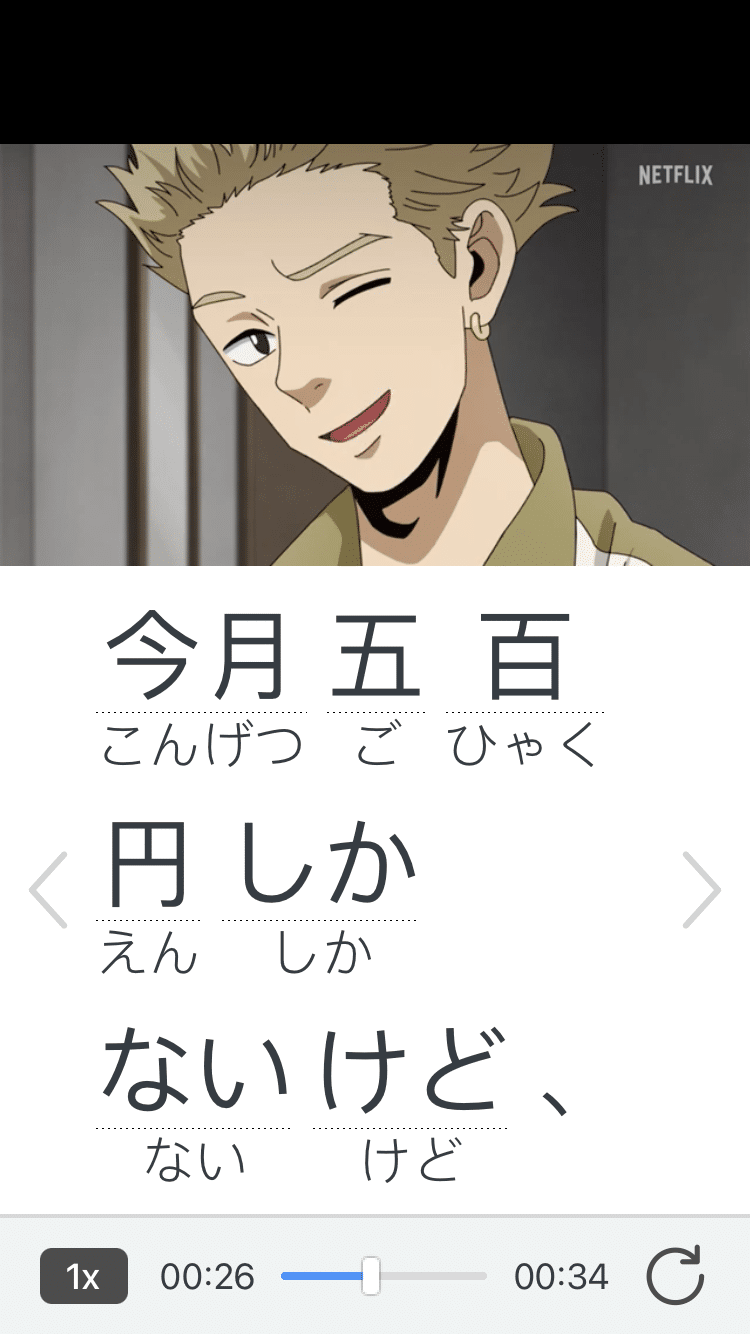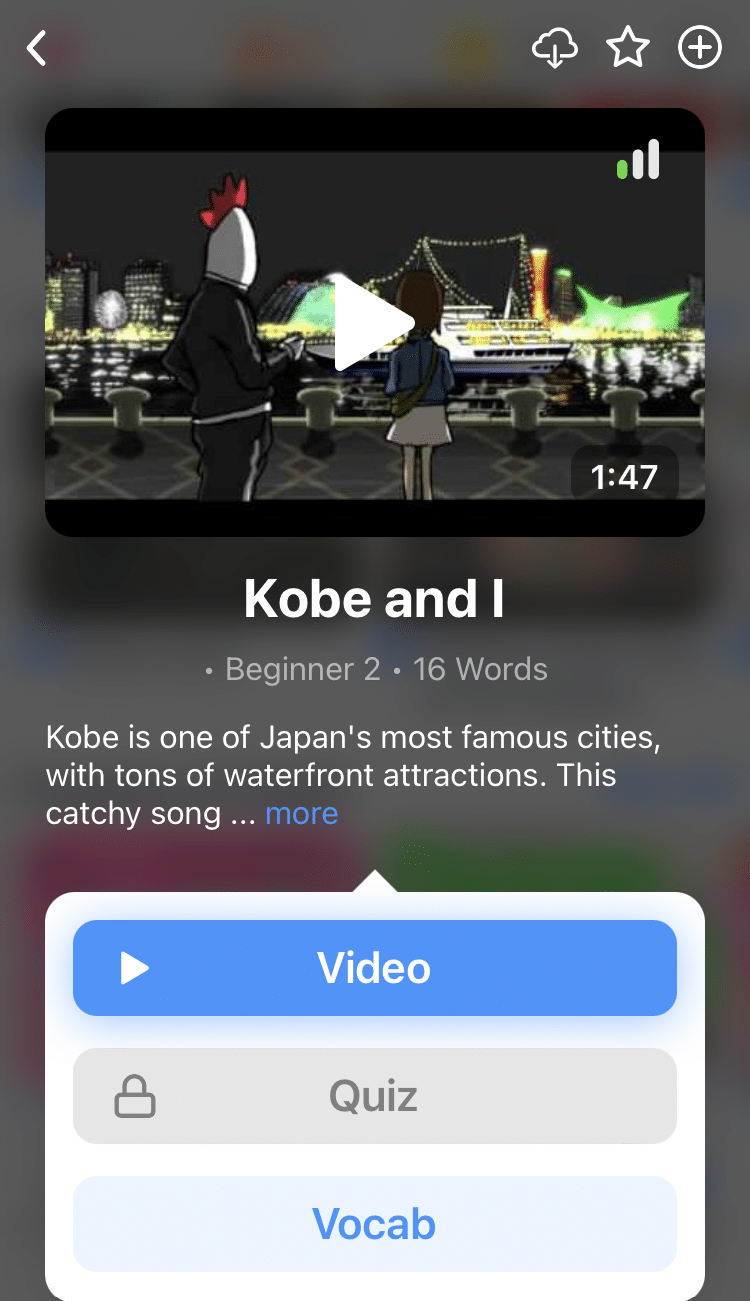
Ne in Japanese: How to Use The Ultra-flexible Particle ね
ねー ねー ねー , so you’ve, like, heard of the Japanese particle ね , right?
This little particle peppers Japanese conversation, and using it properly can bring you much closer to native-level fluency in Japanese.
While other Japanese particles like よ or か are pretty straightforward and have definite meanings, ね isn’t quite as simple. It’s used everywhere and anywhere and has a number of different uses and meanings.
So, let’s get into it, ね?
Contents
Download: This blog post is available as a convenient and portable PDF that you can take anywhere. Click here to get a copy. (Download)
What Is the ね Particle?
ね is a common particle of speech used in Japanese, usually in a casual context. Although ね has a number of different meanings, its most basic translations are “Right?” or “Isn’t it?” It’s most often found at the end of a sentence or clause and is used to ask for confirmation from the listener.
For example, let’s look at the sentence:
今日は暑いですね。 (きょうはあついですね。) — It’s hot today, isn’t it?
Without the ね particle, this sentence would be a simple statement that it’s a hot day:
今日は暑いです。 (きょうはあついです。) — It’s hot today.
Adding ね to the end of the above sentence implies that the speaker is looking for confirmation from the listener. The listener, then, would probably reply with something like:
そうですね。 (It is, isn’t it?)
Here, the listener is politely confirming the original speaker’s comment. The conversation as a whole would go:
A: 今日は暑いですね。
B: そうですね。
It’s important to note that, while these two sentences are technically questions, the speaker is only asking for confirmation from the listener and is, for the most part, sure that what they just said is true.
That makes the particle ね completely different from the question particle か. Depending on which one is used, the meaning of the sentence can change completely. Compare:
今日は暑いですか? (きょうはあついですか?) — Is it hot out today?
今日は暑いですね。 (きょうはあついですね。) — It’s hot today, isn’t it?
The first sentence is a direct question, while the second is not.
Let’s use one more example:
いい天気ですね。 (いいてんきですね。) — Nice weather we’re having. / The weather is nice, isn’t it?
Both 今日は暑いですね and いい天気ですね can be thought of as the Japanese equivalent of small talk. They’re polite ways to start a conversation and are good examples of how ね is most commonly used in daily life.
Of course, the ne in Japanese isn’t just for small talk. It has plenty of other handy uses, too!
Uses of the Japanese Particle ね
ね as a Speech Softener
In Japan, people often to prefer to avoid direct confrontation, which is reflected in their language. An ambiguous answer is considered more polite than a direct “No.”
Thus, when a rejection or negative statement seems necessary, ね is extremely useful. It can be used as a polite way to decline a proposal or avoid directly answering a question.
Let’s look at an example:
A: 宿題やりましたか? (しゅくだいやりましたか?) — Did you do your homework?
B: ちょっとね。。。 — A little, but… / Um, yeah, but…
Replying with ちょっと alone would literally mean that B did a little of their homework. However, the particle ね at the end of that statement adds a sense of vagueness or softness. This indirectness implies that Person B is answering Person A’s question in the negative.
Again, direct refusal is considered a no-no in polite Japanese conversation. Replying with a straightforward “no” ( いいえ ) could come off as impudent or lacking in remorse.
When ね is used as a sentence softener, it’s most often used at the end of an incomplete or fragmented statement.
ね as a Greeting or Interjection
Teenage girls in Japan love to use the word ね before spilling an interesting piece of gossip. You’ll often here conversations like this:
A: ねー、ねー、ねー、聞いた? (ねー、ねー、ねー、きいた?) — Hey! Hey! Hey! Did you hear?
B: 何?何? (なに?なに?)— What? What?
A: 木村先生が山田先生に告白したんだって! (きむらせんせいが やまだせんせいに こくはくしたんだって!) — I heard Mr. Kimura confessed to Miss Yamada!
B: 嘘ー!ねー、ちなみに、明日休みだよね? (うそ―!ねー、ちなみに、あしたやすみだよね?) — No way! Hey, by the way, tomorrow we have the day off, right?
In ねー、ねー、ねー、 聞いた?, ね is used as an exclamation to get someone’s attention and is said repeatedly for good measure.
(Side note: The だって in 木村先生が山田先生に告白したんだって! is a slang term used at the end of a sentence to imply that you heard something from someone. It’s a shortened form of ... だと聞いた (だときいた) or ... だそうです , both of which mean “I heard that…”)
When Girl B responds with ねー、ちなみに、明日休みだよね?to the juicy gossip, she uses ね to change the subject and maintain the other girl’s attention. She also uses the ね particle at the end of the clause to mean “Right?” or “Isn’t it?” and gain confirmation from Girl A.
Although ね is frequently used as an interjection or exclamation, it’s most often used in this manner by women rather than men. Men should be careful not to abuse the use of ね to avoid sounding overly feminine. You can read more about the use of gender in the Japanese language here.
ね as the Japanese Equivalent of the Valley Girl Slang “Like”
While most people only use ね sparingly to avoid sounding childish or immature, there are also others that can’t live without it and use it everywhere—to the point that it’s become the Japanese equivalent of the California valley girl’s “like.”
Occasionally, you’ll hear high school girls in Japan that talk like:
あのねー、昨日ねー、アタシねー (あのねー、きのうねー、あたしねー) — “So, like, yesterday I was, like…”
In this case, the particle ね really doesn’t have any particular meaning. It’s just used out of habit to break up parts of speech. Using ね in this manner isn’t quite grammatically correct, and there are many people who find this kind of use annoying.
あのねー (Uhm / Excuse Me)
Above, you’ve probably noticed that the girl used あのねー as an interjection. In fact, it’s pretty common in Japan, and is most often used by women.
あーね (Oh, Yeah / Really? / You Don’t Say?)
This is one of the newer ways the ne in Japanese is used. Depending on your tone of voice, you can use it to mean “Oh, yeah”, “Really?”, “You don’t say!” and so on.
It’s a shortened version of ああ、なるほどね (Ah, I see.).
かもね (Probably)
A casual term originating from そうかもしれませんね , かもね can be translated as “That’s probably the case” or “Probably.”
だろうね (I’ll bet / I’m sure)
This is used similarly to かもね, but with different implications. It means something along the lines of “I’ll bet (it is)” or “I’m sure (it is).”
Of course, there are many other ways to use ね besides these.
It’s important to remember that many of the meanings of ね are implied and vary depending on the situation. The ね particle is one aspect of the Japanese language that requires some level of cultural awareness to understand. Luckily, as with anything, the more you use it, the more you’ll come to understand its many meanings.
Moving forward with your Japanese language learning, try listening to native Japanese speakers when they talk, and take note of where and how they use ね. Listen closely to the characters speaking in your favorite anime and dramas. Use a program like FluentU to see the particle and many other aspects of the Japanese language in action.
FluentU takes authentic videos—like music videos, movie trailers, news and inspiring talks—and turns them into personalized language learning lessons.
You can try FluentU for free for 2 weeks. Check out the website or download the iOS app or Android app.
P.S. Click here to take advantage of our current sale! (Expires at the end of this month.)

Before you know it, you’ll be throwing out ね with the best of them!
Download: This blog post is available as a convenient and portable PDF that you can take anywhere. Click here to get a copy. (Download)
And One More Thing...
If you love learning Japanese with authentic materials, then I should also tell you more about FluentU.
FluentU naturally and gradually eases you into learning Japanese language and culture. You'll learn real Japanese as it's spoken in real life.
FluentU has a broad range of contemporary videos as you'll see below:

FluentU makes these native Japanese videos approachable through interactive transcripts. Tap on any word to look it up instantly.

All definitions have multiple examples, and they're written for Japanese learners like you. Tap to add words you'd like to review to a vocab list.

And FluentU has a learn mode which turns every video into a language learning lesson. You can always swipe left or right to see more examples.

The best part? FluentU keeps track of your vocabulary, and gives you extra practice with difficult words. It'll even remind you when it’s time to review what you’ve learned. You'll have a 100% personalized experience.
Start using the FluentU website on your computer or tablet or, better yet, download the FluentU app from the iTunes or Google Play store. Click here to take advantage of our current sale! (Expires at the end of this month.)


